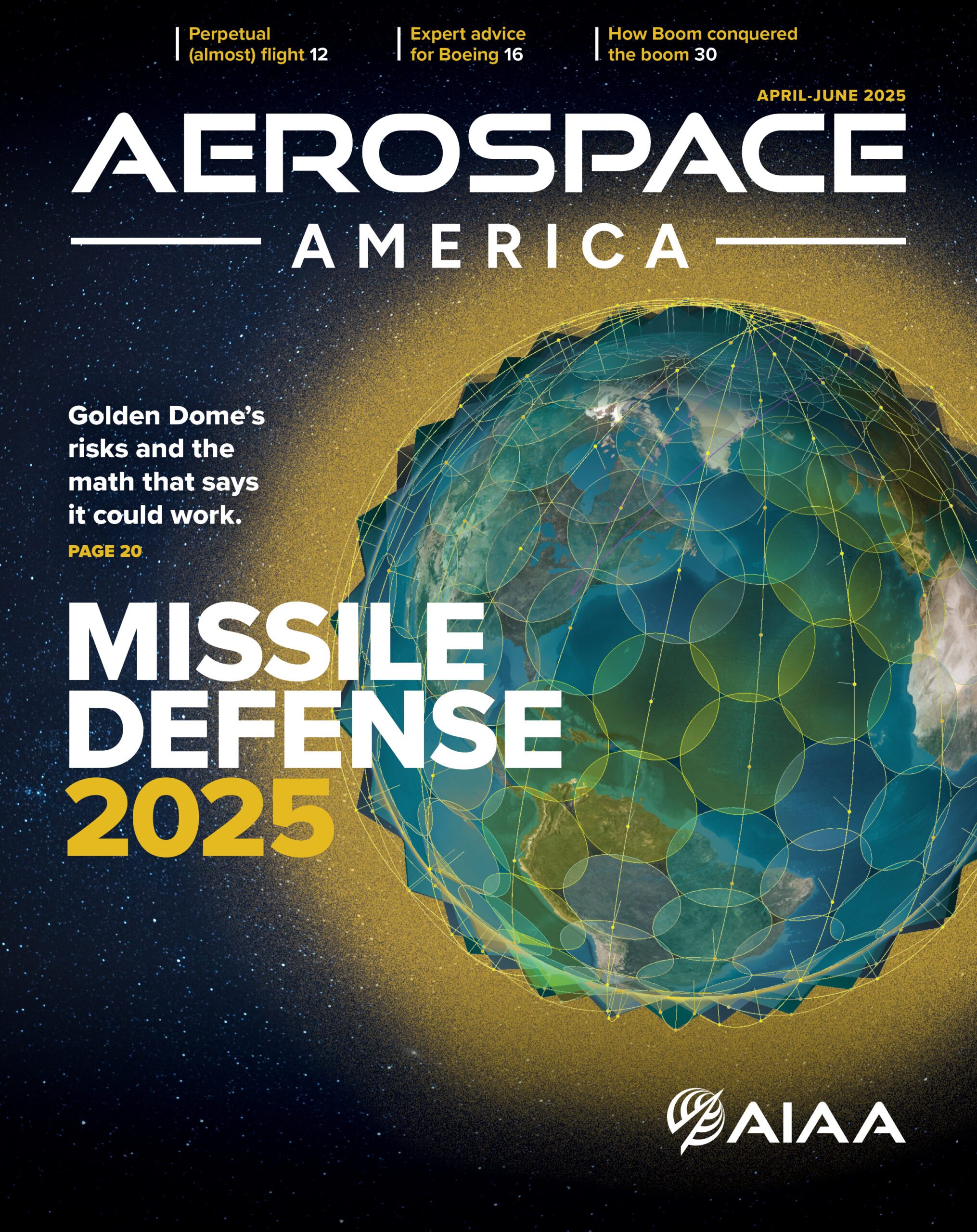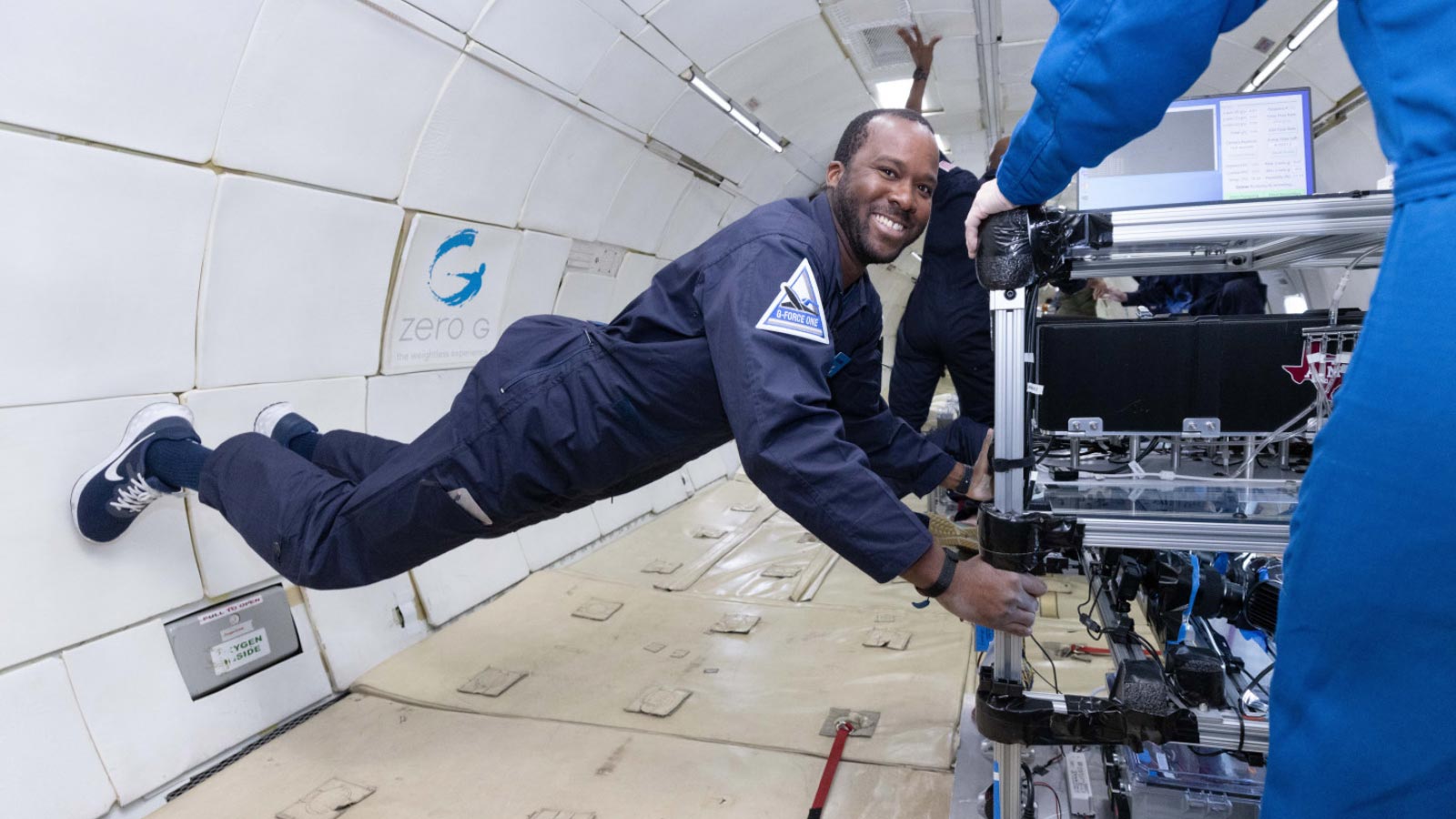Stay Up to Date
Submit your email address to receive the latest industry and Aerospace America news.
From Ghana to San Antonio, Texas, Eugene Hoffman’s career journey has been a “winding path” in search of ever greater technical challenges and problems to solve. That’s brought him to Southwest Research Institute, where he researches and conducts experiments related to fluid and thermal management for a variety of clients — a role that requires the occasional parabolic flight.
What’s your aerospace origin story?
In grade school, I had aspirations of being an astronaut but never knew how to physically get there. Engineering seemed to mesh with my natural inquisitive nature, then I decided to go back to grad school for a greater challenge. That’s how I ended up at UTSA (University of Texas at San Antonio) building the hypersonic wind tunnel facility, funded by NASA, UTSA and the Dee Howard Foundation. It’s one of a handful in the world that can simulate reentry conditions for high-speed vehicles.
Favorite thing about your job?
The ability to meet cool people doing really cool things and contribute to a wide variety of technology. At SwRI, we assist our clients and our partners to take their technology from TRL [Technology Readiness Level] 2 all the way to about TRL 6 or 7. This is in the valley of death, because the tech is not really academic research, but it’s not also at the shop level, ready to be manufactured.
What motivates you?
I look forward to the difficult questions, the difficult tasks. In aerospace particularly, there’s no shortage of those. Take the difficult problems we have here on Earth — they amplify by a factor of 10 when you’re out in space. That’s a nice thing about the spot I’m in right now. I can still do work in hypersonics, in ISRU [in situ resource utilization], in surface power, lots of topics.
What tech outside your field fascinates you?
Small, modular nuclear reactors for surface power, both on Earth and other planetary bodies. On Earth, the biggest bottleneck for our AI data centers is finding a clean, sustainable way to power them. On the flip side, if you’re looking at sustained human presence on the moon or Mars, sunlight isn’t reliable enough to rely on solar power. And so that aspect of having a nuclear reactor that is modular and can be easily set up and transported becomes very, very enticing.
What will the world look like in 2050?
There’ll be more space travel. We’ll begin space manufacturing, space mining. The use of AI is going to become even more prevalent in general, but there’s still going to be human interaction. It’ll be a more automated world with more tools than we have right now, but we’ll have even more difficult problems than we do have right now.
More about Eugene
CAREER HIGHLIGHTS: 2019-2023, graduate assistant at the University of Texas at San Antonio, where he helped set up the Mach 7 wind tunnel. At Southwest Research Institute, completed a parabolic flight in 2024 for a NASA-funded study about how liquids boil in reduced gravity. “It’s one of the coolest experiences I’ve ever had. My younger self would be very excited, very proud.”
AIAA CONNECTION: “One of my advisers says that people that can design wind tunnels and do high-speed aerodynamics are like the eighth wonder of the world because there aren’t many left. AIAA served as a huge bedrock when we were setting up the Mach 7 tunnel. Through the conferences and papers, we met a ton of people and learned a lot about how these tunnels function and how they’re run.”
EDUCATION: Ph.D. in mechanical engineering (2023) and Master of Science in mechanical engineering (2021), both from the University of Texas at San Antonio. Bachelor of Science in mechanical engineering from the University of Evansville in Indiana (2016).
FUTURE FLIGHTS: NASA is funding another parabolic flight in 2026, in which Hoffman and his SwRI colleagues will test the ability of an electrolysis device to produce hydrocarbons from Martian regolith simulant.
About cat hofacker
Cat helps guide our coverage and keeps production of the print magazine on schedule. She became associate editor in 2021 after two years as our staff reporter. Cat joined us in 2019 after covering the 2018 congressional midterm elections as an intern for USA Today.
Related Posts
Stay Up to Date
Submit your email address to receive the latest industry and Aerospace America news.




